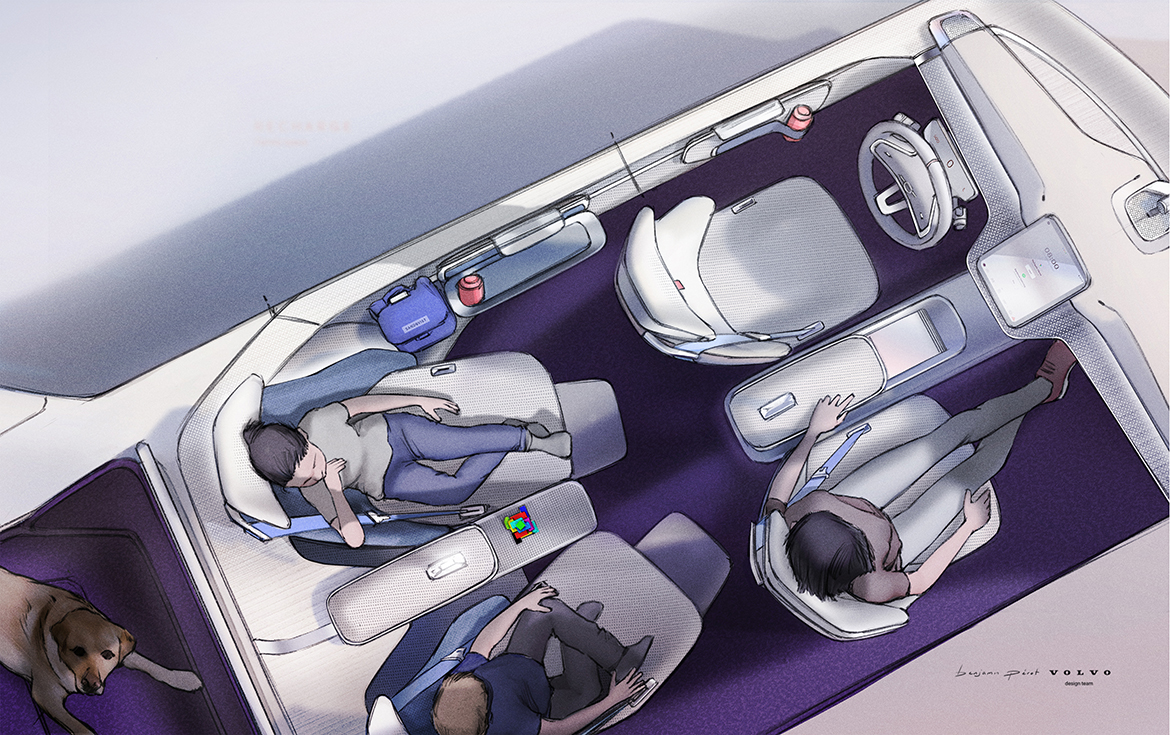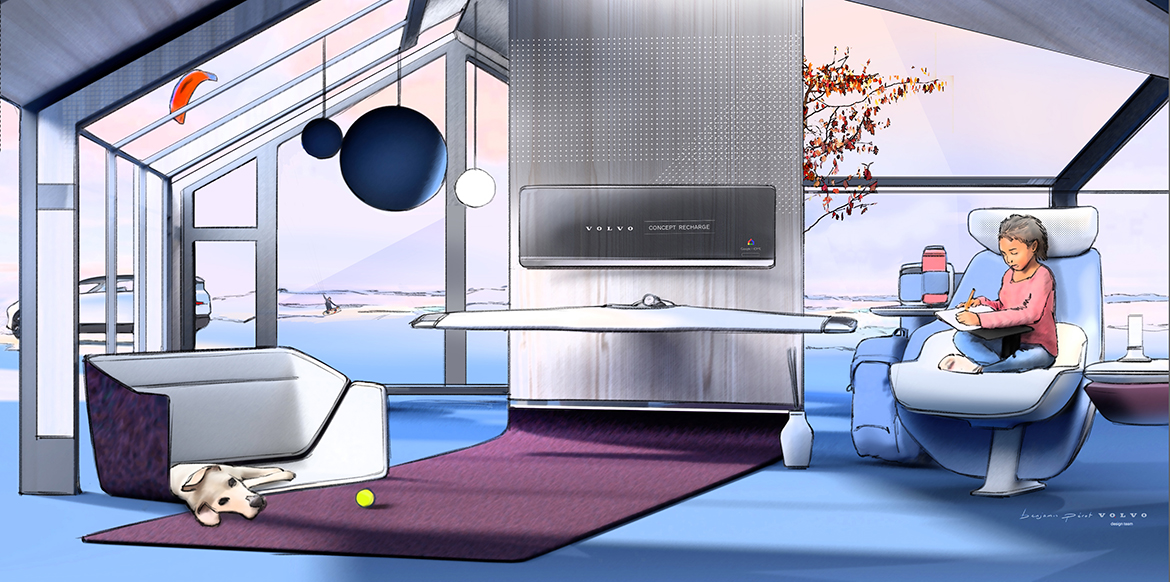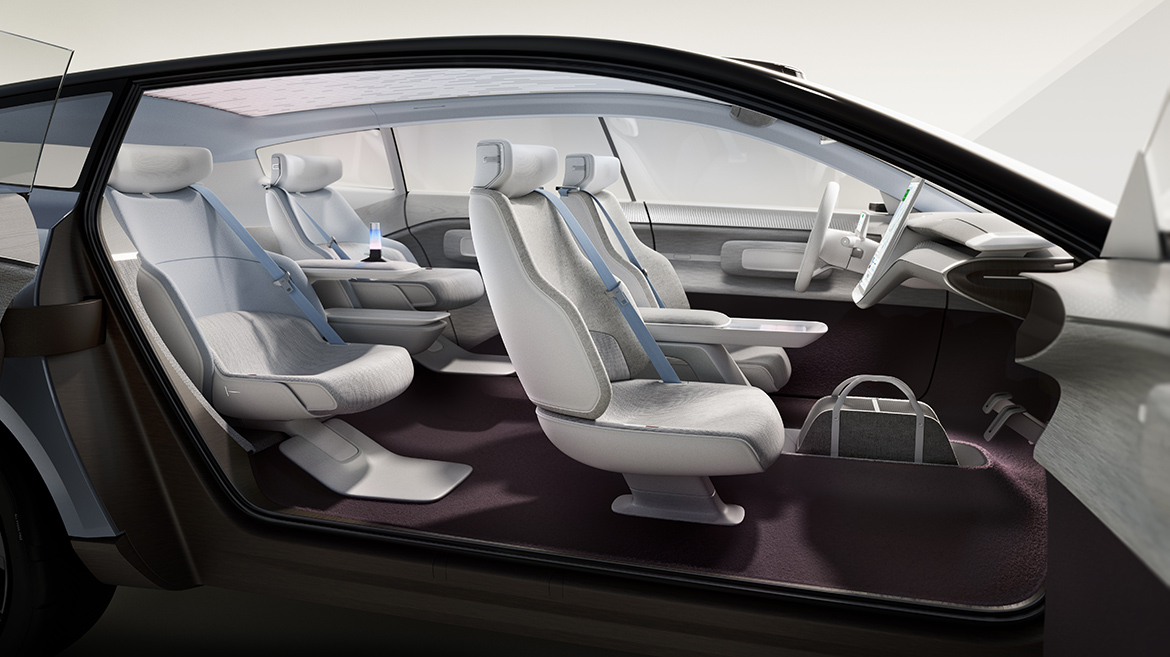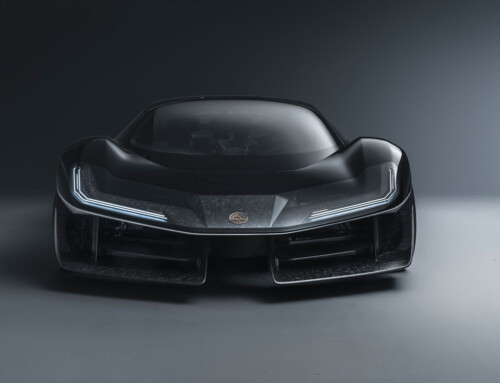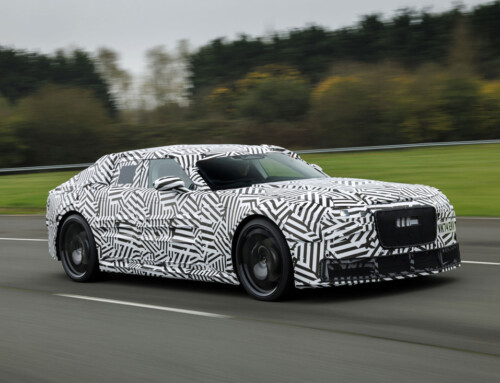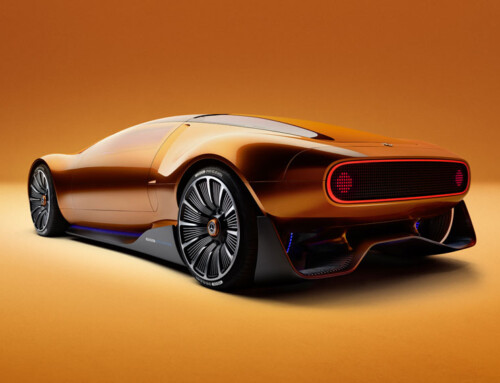The change of pace is momentous. Starting from 2030, Volvo will only sell purely electric cars, powered by more efficient batteries and equipped with cutting-edge driver assistance systems to achieve the “zero collision” objective, critical for a brand that has always been committed to safety. For a development of this magnitude, a strong statement was needed from the design side as well, and the team led by Robin Page was eager to indulge: hence the Concept Recharge, unveiled on 30th June at the Tech Moments workshop in which Volvo Cars presented its technological future.
The platform on which this eye-catching design study is based is completely new, although it’s already ready to welcome the new range of pure electric Volvos. Starting with the successor to the XC90 model, of which the only thing we know for now is that there will be a change of name. However, there will certainly be many similarities with the Concept Recharge, and it is precisely from the floor, with its batteries, that everything started off: “In a traditional SUV, the floor rests on the transmission components and the silhouette is formed around the engine. Here, on the contrary, thanks to the flat floor positioned over the batteries, we were able to create a true Scandinavian living room, by limiting the height, lengthening the wheelbase, reducing the overhangs and moving the front pillar further forward”.
Despite the new architecture’s unusual proportions, which Page does not hesitate to call “the first real change in the car world in a long time”, the Concept Recharge is unmistakably a Volvo, albeit without the front grille. “It isn’t necessary, and instead of putting on a fake one, we opted for what we call a shield, an element that allows us a more pronounced sculpting rather than just using graphics. The air intakes are there, but positioned where needed, at the bottom and on the ends”, explains T. Jon Mayer, Volvo’s head of exterior design.
Aerodynamic efficiency is critical for an electric car and this explains the Concept Recharge’s flush look, aided by the descending roofline and the specific design of the wheel rims. The watchful eye of the Lidar, on the other hand, is a deliberately visible protuberance at the top of the windscreen, “to somewhat celebrate the “zero collision” mission, since we have been a leading safety brand for decades”, says Page. As with the exterior, the sculpting of the volumes in the cabin is obtained by carving away the volume from the surface rather than by superimposing layers, in accordance with a Scandinavian minimalism of great aesthetic taste.
“The Scandinavian philosophy also guided the design of the digital interface, which had to be intuitive, stress-free and safe to interact with”, says Tomas Stovicek, head of UX. His team worked in Gothenburg conducting numerous tests and drawing on the collaboration of Volvo Cars Silicon Valley Tech Center in Sunnyvale (the exterior design also had input from California, but in this case from Camarillo’s Design & Concept Center, led until last April by T. Jon Mayer). “All the graphics, which are clear and reconfigurable, were designed in-house to make sure they would blend with the environment”, Stovicek adds.
“It is always a matter of great teamwork and continuous refinement”, says Lisa Reeves, head of Volvo interior design, referring to the collaboration with the UX team as well as with Colour & Materials, which Sara Erichsen Susnjar was in charge of. Wood, flax wood wool, cellulose: the materials are of vegetable origin, as the current trend dictates – but it’s not just a fashion: fabric upholstery instead of leather saves 4 kg in weight, Page points out. Even the external cladding is made of flax fibres rather than plastic. This is Scandinavian design too – not just about minimalism and light colours, explains Sara Erichsen Susnjar: “It’s about warmth, form and function. We live close to nature, so Volvo has always used natural materials. Wood and flax in particular have a very low carbon footprint, but we don’t stop at surfaces, we want to design every element in a sustainable way”. The future is not just about electricity: Volvo’s first source of inspiration is nature.
(Full article in A&D no. 250)




